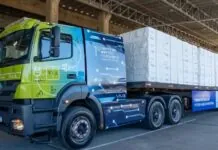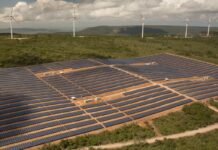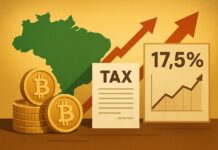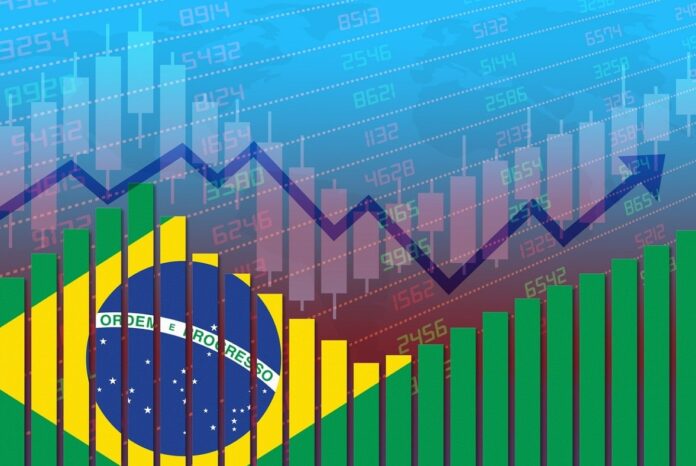
Brazil shows economic progress in 2025 with modest growth and key contributions from agriculture, manufacturing, and services.
GDP per capita stands at $10,816 USD, reflecting moderate income levels supported by strong exports and investments.
Public policies aim to reduce debt, improve infrastructure, and support jobs. The country remains a global player with ongoing challenges and steady forward movement.
Key Economic Insights of Brazil in 2025
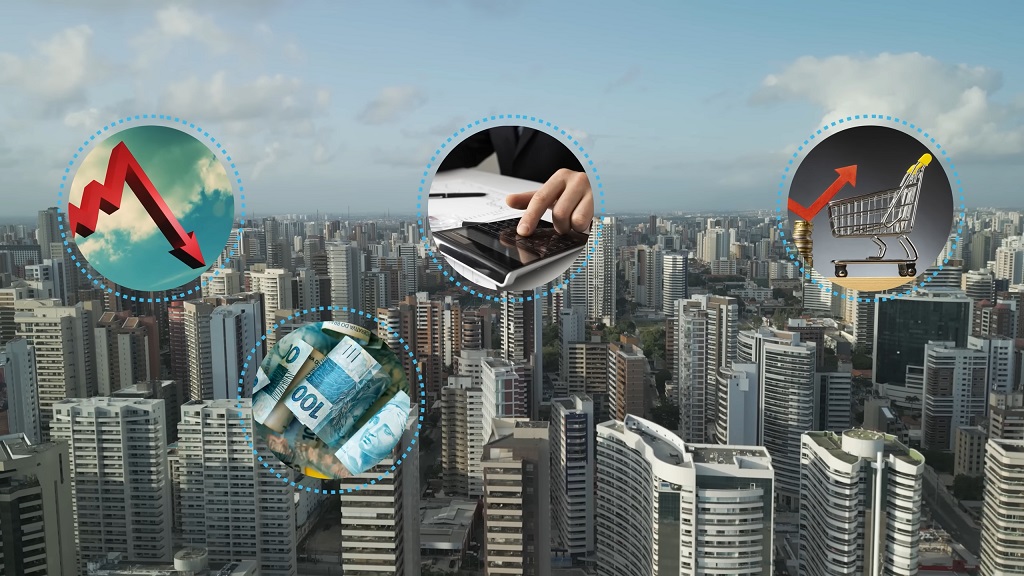
| Economic Indicator | Value | Notes |
|---|---|---|
| GDP Per Capita | $10,816 USD | Represents the average income per person in the country |
| GDP Per Capita PPP | $21,107 USD | Adjusted for purchasing power, reflecting real value |
| Total GDP | $2.3 Trillion USD | Total economic output for the year |
| GDP Growth Rate | Estimated 2.5 Percent | Growth in economic activity over the year |
| Inflation Rate | Around 3.9 Percent | General rise in prices |
| Unemployment Rate | Estimated 7.8 Percent | Percentage of people without work |
| Gross Fixed Capital Formation | $530 Billion BRL | Investments in infrastructure and development |
| Global Rank by GDP Size | 9th Largest Economy | Brazil position on the global scale |
How Brazil Economy Performs in 2025?
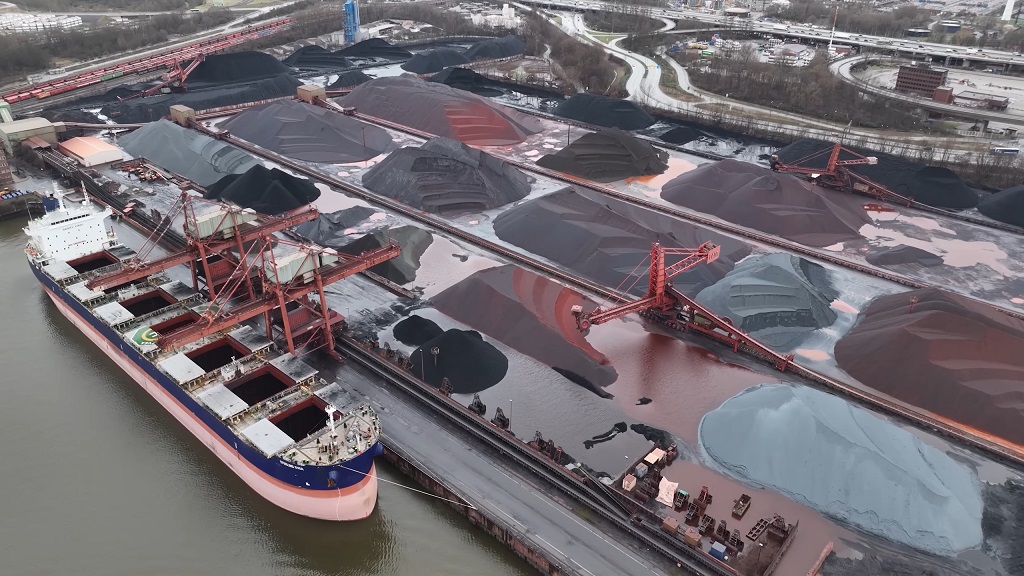
While it is not growing as fast as some might hope, the numbers show a positive direction.
- GDP Growth Rate: The economy is expected to grow by about 2.5 percent in 2025. While modest, it reflects stable progress.
- Agriculture and Exports: Brazil remains a major player in global agriculture, exporting soybeans, coffee, and beef. These industries continue to support the economy.
- Industrial Sector: Manufacturing and mining contribute significantly to growth, particularly in steel and mineral exports.
- Services Sector: The largest part of Brazil’s economy, including banking, retail, and technology, drives much of the growth.
Challenges Facing the Economy

- Unemployment: Although slightly improving, the unemployment rate is expected to remain around 7.8 percent. Many Brazilians still face challenges finding jobs.
- Inflation: At about 3.9 percent, inflation is under control but still affects the cost of living. Essentials like food and transportation remain expensive for many families.
- Infrastructure and Investments: While investments in roads, ports, and public services are growing, more improvements are needed to match global standards.
Additional Insights

- Natural Resources: Brazil is rich in natural resources, such as oil, minerals, and forests, and continues to attract global investment.
- Consumer Spending: Many Brazilians are spending more on goods and services, which helps the economy grow, but higher living costs remain a concern.
- Government Policies: Efforts to reduce public debt and support industries are showing some success, but there is still room for improvement.
How Brazil Economy Compares to Other Countries?
Brazil’s economy holds a significant position on the global stage.
To understand its standing, let’s examine key economic indicators and compare them with other leading nations.
Key Economic Indicators for 2025
Brazil ranks 10th in GDP size, with a moderate GDP per capita compared to other leading economies.
| Rank | Country | GDP (Billion USD) | GDP PPP (Billion USD) | GDP Per Capita (USD) | GDP Per Capita PPP (USD) | GDP Growth Rate (%) |
|---|---|---|---|---|---|---|
| 1 | United States | 30,337.16 | 30,337.16 | 89,678 | 89,678 | 2.15 |
| 2 | China | 19,534.89 | 39,438.11 | 13,873 | 28,008 | 4.48 |
| 3 | Germany | 4,921.56 | 6,174.69 | 57,914 | 72,660 | 0.79 |
| 4 | Japan | 4,389.33 | 6,767.66 | 35,611 | 54,907 | 1.14 |
| 5 | India | 4,271.92 | 17,364.81 | 2,937 | 11,938 | 6.46 |
| 6 | United Kingdom | 3,730.26 | 4,424.66 | 54,280 | 64,384 | 1.48 |
| 7 | France | 3,283.43 | 4,485.44 | 49,527 | 67,658 | 1.06 |
| 8 | Italy | 2,459.60 | 3,691.25 | 41,714 | 62,603 | 0.76 |
| 9 | Canada | 2,330.31 | 2,692.05 | 55,890 | 64,566 | 2.39 |
| 10 | Brazil | 2,307.16 | 4,890.95 | 10,816 | 22,928 | 2.16 |
| 11 | Russia | 2,195.71 | 7,129.67 | 15,077 | 48,957 | 1.35 |
| 12 | Korea | 1,947.13 | 3,389.43 | 37,675 | 65,582 | 2.17 |
| 13 | Australia | 1,881.14 | 1,973.28 | 67,979 | 71,309 | 2.12 |
| 14 | Spain | 1,827.58 | 2,771.52 | 37,362 | 56,659 | 2.13 |
| 15 | Mexico | 1,817.82 | 3,408.41 | 13,630 | 25,557 | 1.35 |
| 16 | Indonesia | 1,492.62 | 4,983.45 | 5,248 | 17,520 | 5.07 |
| 17 | Türkiye | 1,455.41 | 3,614.58 | 16,877 | 41,914 | 2.70 |
| 18 | Netherlands | 1,272.96 | 1,511.25 | 70,606 | 83,823 | 1.63 |
| 19 | Saudi Arabia | 1,136.58 | 2,249.61 | 33,287 | 65,885 | 4.57 |
| 20 | Switzerland | 999.60 | 878.17 | 111,716 | 98,145 | 1.34 |
Data Source: StatisticsTimes.com
Factors Driving Brazil Economic Growth
From farming to industry, the country relies on natural resources, trade, and strong local demand to keep moving forward.
Farming and Exports
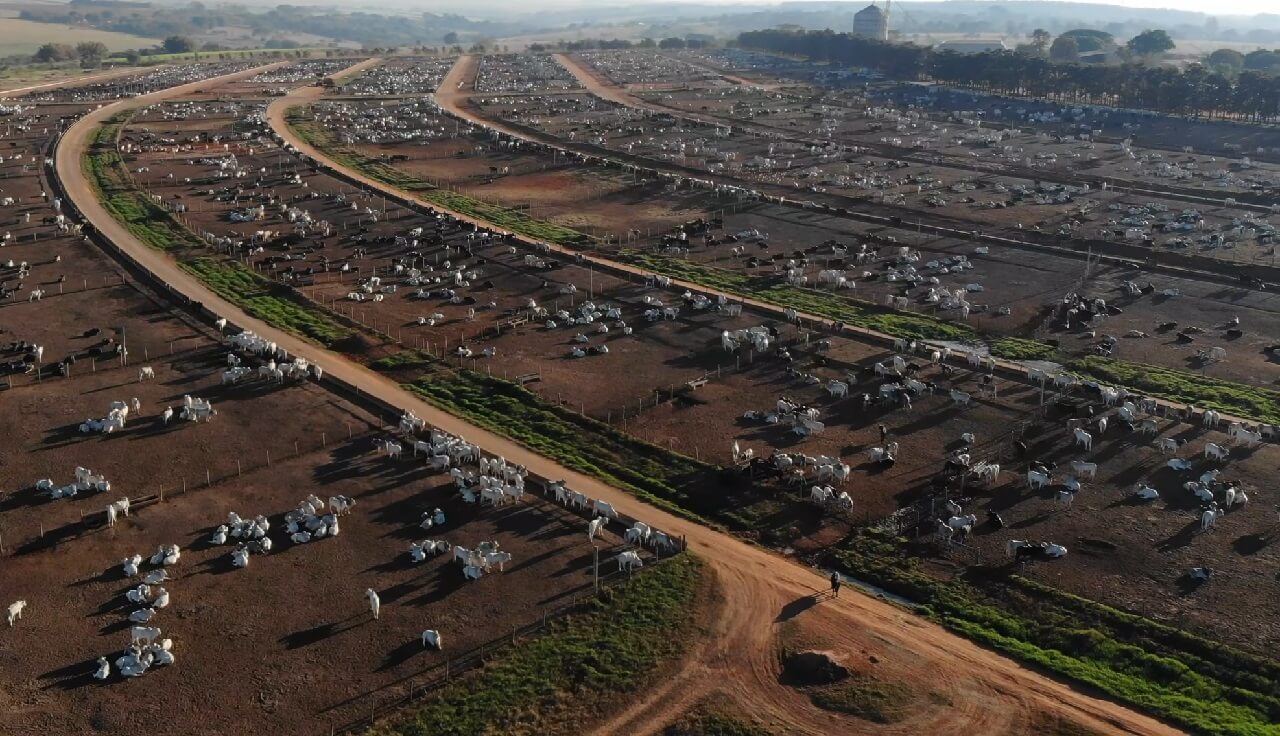
- Brazil is one of the largest producers of food in the world. It exports soybeans, coffee, sugar, beef, and chicken to many countries.
- Big trade partners like China, the United States, and Europe buy large amounts of these products.
- Farms in Brazil use better technology now, which helps grow more food with less effort.
Natural Resources
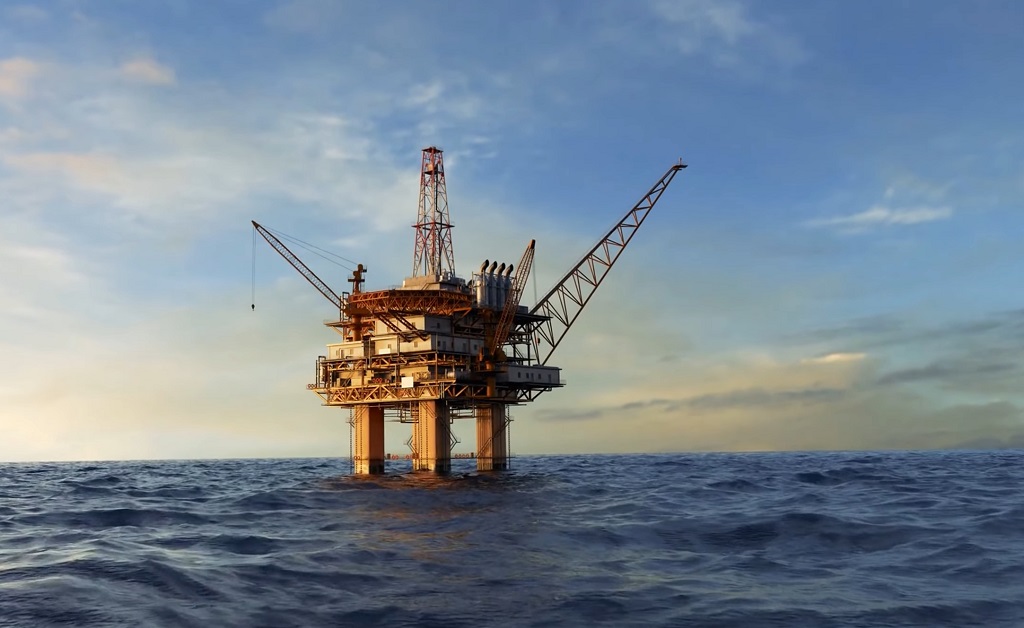
- Brazil has huge amounts of oil and gas, especially in its offshore fields.
- The country also produces iron, gold, and other minerals, which are in high demand around the world.
- Brazil gets much of its electricity from hydropower, which is clean and reliable.
Service Industries

- Services, like banking, education, and retail, make up most of Brazil’s economy.
- Many people work in these sectors, and they are growing quickly.
- Tourism is also rising, with more people traveling within Brazil and from other countries.
Factories and Construction
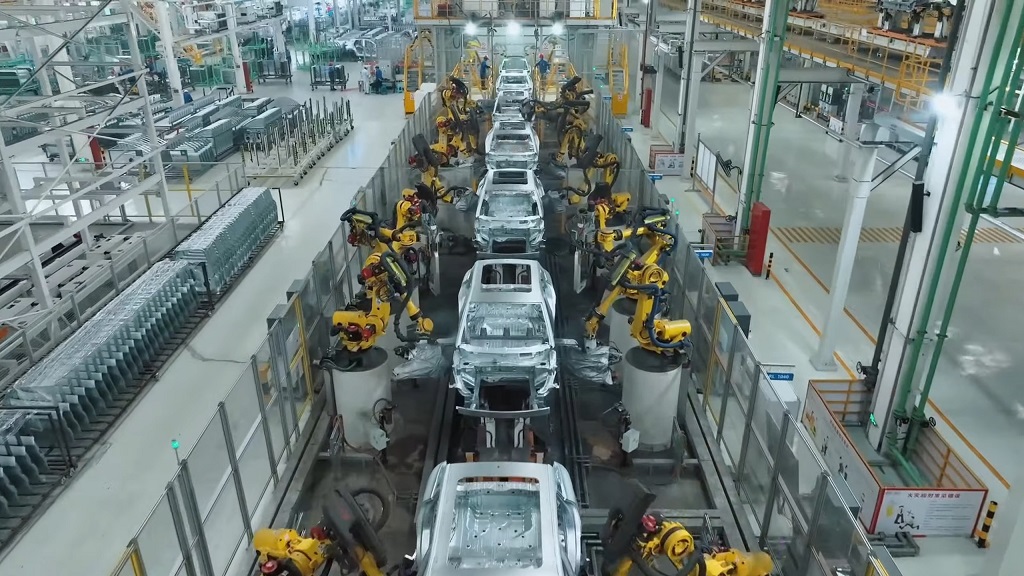
- Factories that produce cars, machines, and other goods are helping the economy grow. We also have to mentioned labor issues this country have faced in the past, like the slavery scandal involving Volkswagen, but also the most recent controversy related to Chinese company BYD.
- Big construction projects, like roads and buildings, are creating jobs and boosting growth.
Government Support
- The government is improving roads, ports, and airports, making it easier for businesses to grow.
- Programs to help poorer families are giving people more chances to succeed.
- Brazil is also attracting investments from other countries, which helps create jobs.
Challenges Facing Brazil Economy in 2025
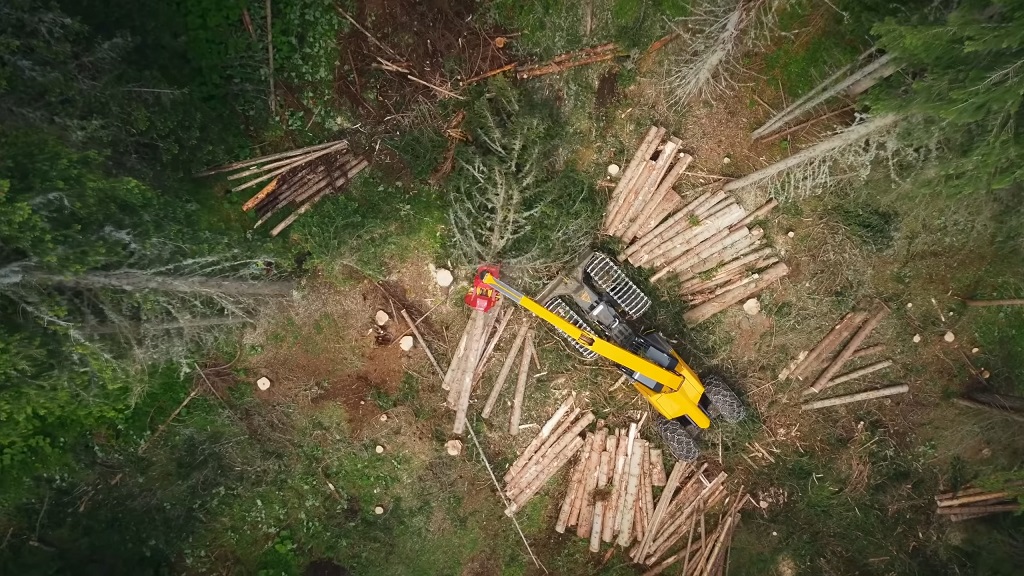
Brazil faces several big challenges in 2025 that impact jobs, living costs, and opportunities for its people.
- Unemployment Rate: Forecasts indicate an unemployment rate of 7.22 percent in 2025, equating to 7.95 million people without work.
- Inflation Rate: As of December 2024, Brazil’s annual inflation stood at 4.83 percent, exceeding the central bank’s target range of 1.5 percent to 4.5 percent.
- Consumer Price Index: The consumer price index is expected to reach 148.40 by 2025, indicating a continued rise in the cost of goods and services.
- Income Inequality: Despite progress, significant disparities persist, with the Gini coefficient indicating substantial income inequality.
- Environmental Degradation: Ongoing deforestation and environmental challenges threaten sustainable development and international relations.
- Global Economic Conditions: Brazil remains vulnerable to global economic shifts, with potential external shocks posing risks to economic stability.
BRICS Membership and Its Impact
Brazil is a founding member of BRICS, a group that includes Brazil, Russia, India, China, and South Africa.
BRICS countries collectively account for over 40 percent of the world’s population and nearly a quarter of global GDP, making it an influential group on the global stage.
- Stronger Trade Ties: Brazil exports large amounts of soybeans, iron ore, and beef to China and India, boosting its economy.
- Infrastructure Investments: The BRICS New Development Bank funds projects in Brazil, improving roads, ports, and energy systems.
- Global Voice: BRICS gives Brazil a platform to influence global decisions alongside major economies.
- Economic Diversity: Brazil reduces its reliance on Western markets by trading more with BRICS countries.
- Technological Growth: Cooperation within BRICS helps Brazil gain access to new technology and research.
FAQs
What are Brazil’s key trading partners outside of BRICS?
Brazil maintains strong trade relations with the European Union, the United States, and Middle Eastern countries. Products like soybeans, meat, and iron ore are in high demand from these regions, helping to diversify the economy.
How does Brazil rank globally in agricultural exports?
Brazil is the largest global exporter of soybeans and beef. It also ranks among the top producers of coffee and sugar, with these products being key to its economic stability and trade success.
How strong is Brazil’s military and naval force?
Brazil has the largest military force in South America. The Brazilian Navy, ranked 11th among the strongest navies in the world, protects its coastline and international trade routes with submarines, frigates, and patrol vessels. Investments in defense manufacturing strengthen its military while supporting economic development.
What is the role of tourism in Brazilian economy?
Tourism plays a big role in the economy of Brazil. In 2024, international visitors spent over 26 billion reais, boosting local businesses and creating jobs. Popular destinations include Rio de Janeiro, São Paulo, and Salvador, which attract millions of tourists every year.
The Bottom Line
The Brazilian economy in 2025 shows progress with steady growth in key areas like agriculture, manufacturing, and services.
The country faces challenges such as unemployment, inequality, and infrastructure needs, but opportunities in trade, energy, and tourism help drive it forward.
By focusing on improving jobs, reducing costs, and investing in people, Brazil can build a stronger future for all.


